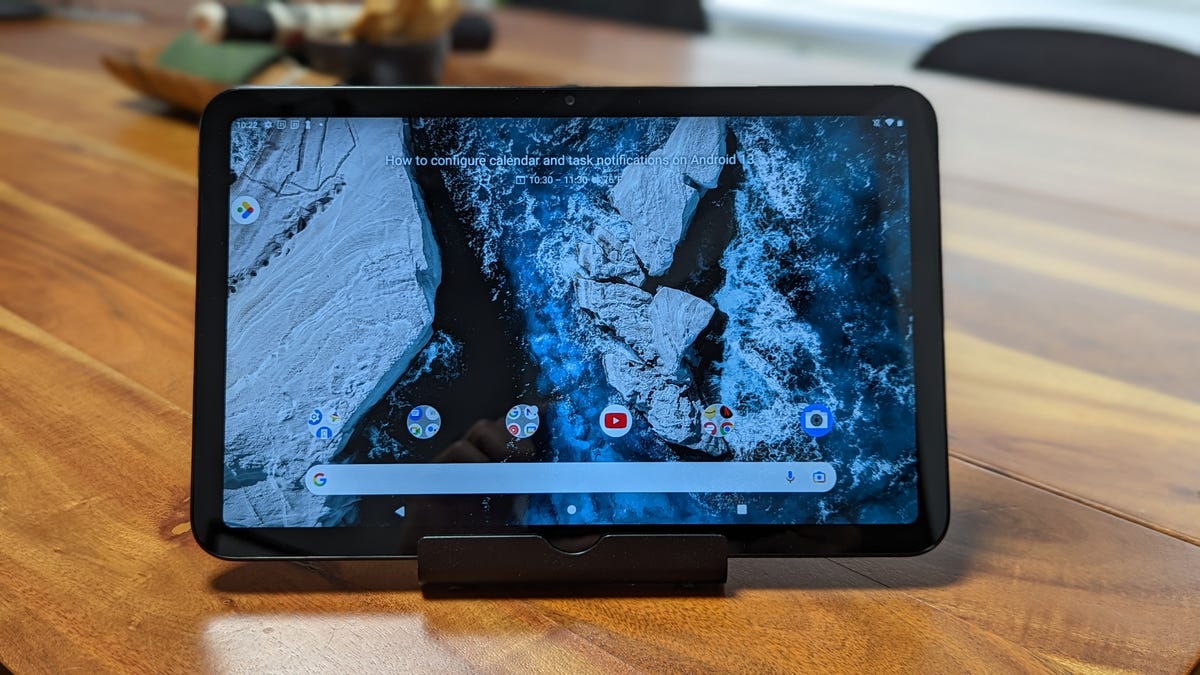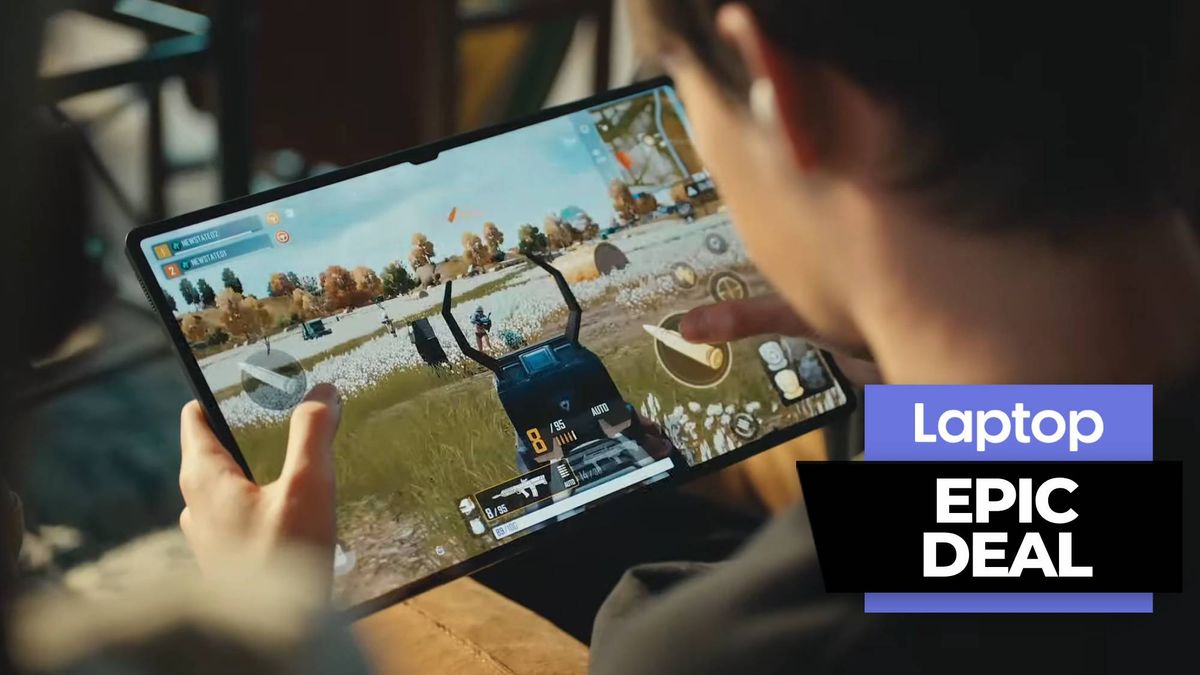Global shipments of tablets have not seen significant growth since their peak in 2014. Since then, shipments have plummeted. Apple and Samsung are the two main players in the market. The iPad remains a popular device and its dominance is still undisputed.
While many companies used to make Android-powered tablets, many have now abandoned the form factor. This contributed to the decline in shipments of Android tablets. In addition to releasing new flagship tablets every year, Samsung also has a lineup of mid-range and budget tablets. Despite the decline in the tablet market, Samsung remains the world’s second largest tablet vendor.
Chinese manufacturers such as Huawei and Xiaomi also produce tablets, but their contribution to the overall market share is small. This is largely due to lack of availability in western markets. For all intents and purposes, Samsung is the only global Android tablet vendor with a diversified lineup that offers options across all price segments.
Samsung’s steadfast commitment to the form factor is the main reason why the Korean giant has maintained its dominance in the market. The only Android tablets worth buying are made by Samsung. From strong design and build quality to exceptional specs and unmatched software, no other Android tablet manufacturer comes close.
You’d be hard-pressed to find an Android-powered rival to the Galaxy Tab S8 Ultra, Samsung’s most powerful tablet yet. This is a device for power users who need a tablet to get work done. Lenovo has some options in this segment but they cannot match the awesomeness of this device.
The incredible software that Samsung now offers is unmatched by many smartphone manufacturers, let alone those in the tablet business. The Galaxy Tab S8, Tab S8+ and Galaxy Tab S8 Ultra are among the Samsung devices supported for the four Android OS updates. The incredible speed with which Samsung rolled out Android 13 has also benefited tablet owners.
It has already started rolling out the One UI 5.0 update based on Android 13 to the Galaxy Tab S8 series. On the other hand, Lenovo’s flagship Android tablets are still on Android 12 and there is no sign of the latest OS update. Huawei hasn’t received Android yet, while Xiaomi models are still lagging behind.
Apart from the clear superiority of the Galaxy tablets in the design, specifications and performance departments, Samsung’s efforts to bring innovative software experiences to enhance the user experience on the tablets are also worth mentioning. One such example is the DeX experience. Samsung created this software platform to give users a PC-like experience on their tablets. It brings advanced productivity-focused features with a unique user interface that makes multitasking easy.
One UI 4.1.1 has injected more PC DNA into Samsung’s custom Android skin with the Taskbar. It brings all the apps front and center in your favorite apps bar. It also includes shortcuts for recent apps, making it easy to launch an app or multiple apps in multiple windows.
It’s clear that Samsung isn’t giving up on the tablet form factor anytime soon. Customers who purchase a Galaxy tablet have the peace of mind that their device will continue to be supported and that they can get good trade-in values for their current device when they decide to upgrade. With Galaxy tablets ticking so many boxes, it’s no wonder these are the only tablets worth buying.
When it comes to buying tablets, if you’re thinking about getting a tablet, you can save up to $730 when you buy a Galaxy Tab S8 series device directly from Samsung.


